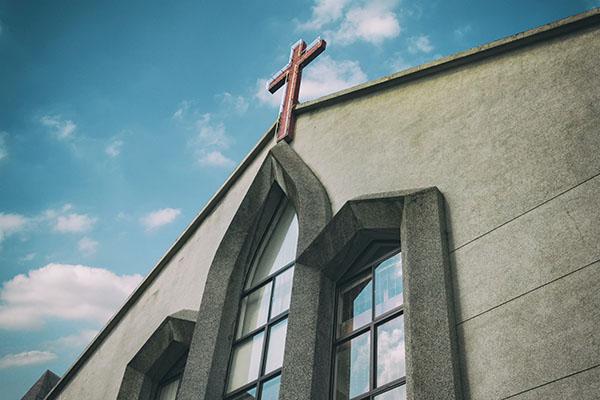Almost 14 years have now passed since tragedy struck very close to my home.
It was in the spring of 1999 when a reporter from the Calgary Herald, of which I was editor at the time, knocked on my door to inquire about my neighbours—the family that lived behind us across the green belt. It was then that I learned that the two young children who lived there, Brittany, 5, and Joshua, 3, had been killed at the family's condo in B.C. Their mother had been charged with their murder. Their father had discovered the mayhem when he returned from a round of golf.
All four were regular attendants at a neighbourhood church.
My daughter, 14 at the time, used to babysit those little kids and I still remember her standing on the deck, tears mixing with the rain, after we broke the news.
The story is inexplicably tragic. The mother was suffering from both cancer and profound mental illness and, following trial in B.C., was deemed to be not criminally responsible and restricted to a psychiatric institute. The judge ruled that she killed her children when overtaken by an overwhelming compulsive delusion they must go to heaven to be saved from her. A mere five months after the trial, she was released and—to the considerable consternation/confusion of some of us in the neighbourhood—returned home where—to the amazement of most of us—her husband was waiting for her to resume their lives.
The conflict of feelings, the clash between the proscription to forgive and understand and the instinct to condemn and protect was bewildering, nowhere more than within the congregation at the church the couple attended. I recall wondering how the "system" could just plunk a woman who had drowned her children back into the neighbourhood and not offer some form of resource for the rest of us—at least those who didn't have a church to go to. Medical professionals may have decided she was OK, but most of the rest of us were not. How the pastor at Southview there stick-handled his way through all of this, managing the couple, at least one suicide attempt, and the congregation remains one of the most awe-inspiring experiences I have encountered with institutions of faith.
To make a long story short, the reconciliation did not last and nor did the health of the woman involved. The house was sold, new neighbours arrived and the over-the-fence conversations that I had with the husband faded into memory. A few years later, in 2006, we learned that his wife had leapt to her death from the roof of a parking garage at the hospital where she was being treated for severe depression.
At the fatality inquiring that followed, her psychiatrist noted that "she had auditory hallucinations that started (the previous) week . . . the voices were calling for her to die."
It was a knee-buckling ending to a story apparently bereft of redemption.
Then a few weeks ago on Christmas Eve, while filing out from church, there was a tap on my shoulder. "Is that you, Peter?" said the voice. "It's me, Craig."
And there he was. This man who had borne a pain so beyond my ability to contemplate, was smiling at me from a face filled with peace and contentment. "You still living in the same place?" he said.
What followed was a brief exchange of updates and when I asked how he was I could see there was a light in his eyes that I did not recall from when we had last met.
And I knew there was only one place that could come from.




